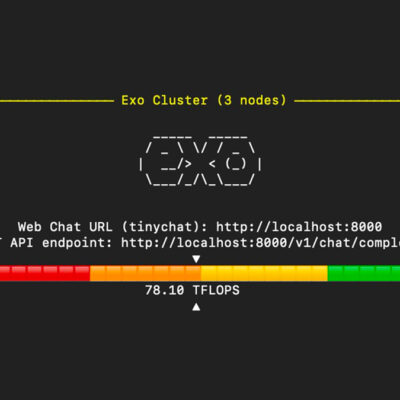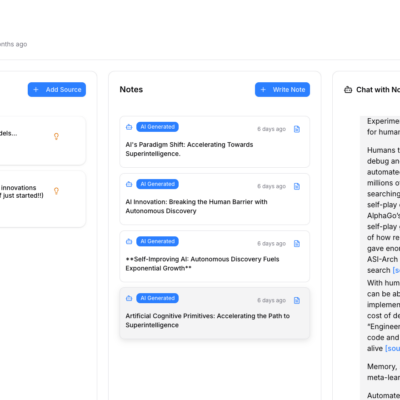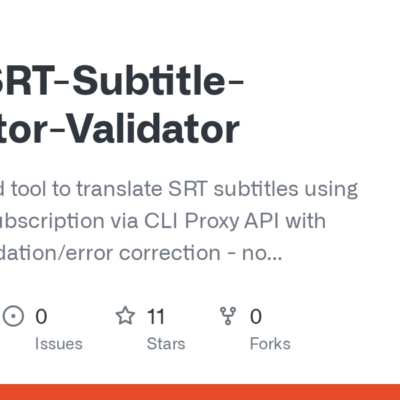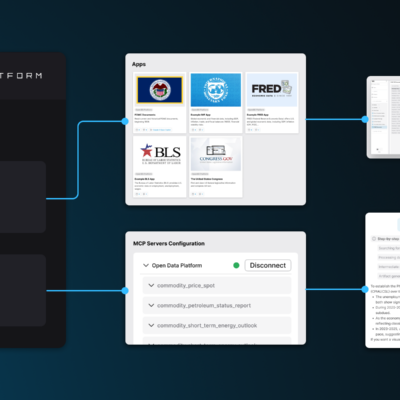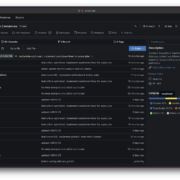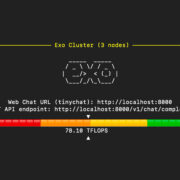In the world of automation, the idea of a system that can intelligently understand requests, delegate tasks, and learn from its interactions might sound like science fiction. However, with the emergence of AI agent swarms, this capability is now incredibly accessible, even without prior coding experience. After building and refining these multi-agent systems in n8n, I can confidently say they are transformative for automating complex, non-deterministic processes.
This guide will demystify n8n AI agent swarms by walking you through their underlying architecture and showing you how to build your own. We’ll explore practical examples drawn from real operational logs, delve into the critical methodology of “Reactive Prompting,” and clarify when an agent swarm is the right solution versus a traditional workflow.
The Orchestration Magic of n8n AI Agent Swarms
At its heart, an n8n AI agent swarm operates on a principle of specialized delegation. Instead of a single AI trying to handle every task, a swarm consists of a central “orchestrator” or parent agent that intelligently directs requests to smaller, specialized “sub-agents.” Each sub-agent is designed to excel at a specific domain, whether it’s managing your calendar, searching YouTube, or interacting with a database.
This decentralized approach offers significant advantages:
- Enhanced Consistency and Quality: By specializing agents, you ensure higher-quality outputs. A dedicated
Email Agentfocuses solely on email logic, reducing errors compared to a general agent handling multiple, disparate tasks. - Simplified Decision-Making: The orchestrator’s job becomes much simpler. Instead of figuring out which of 30 tools to use, it only needs to decide which of five specialized agents is appropriate for a given request.
- Greater Flexibility: You can assign different AI models to different agents. A simple task might use a cheaper, faster model (like Google’s Gemini Flash), while an agent responsible for crafting nuanced email responses could leverage a more sophisticated model like Anthropic’s Claude 3 Sonnet.
Real-World Application: The Swarm in Action
Download: https://romhub.io/n8n/Agent_SwarmTo appreciate the power of this model, let’s look at a scenario drawn directly from the system’s operational logs. A user sends a single, complex request via Telegram:
“Please get my YouTube video ideas from the database, do some research on them, then send that research brief in an email to Michael Scott, and make a calendar event for today at 4 PM to go over that research with Michael Scott.”
This single prompt triggers a cascade of coordinated actions orchestrated by the main agent:
- YouTube Agent: It’s called first to retrieve video ideas from a database (like the one in
Video Ideas.xlsx). - Contact Agent: It fetches Michael Scott’s contact information.
- Web Agent: It’s dispatched to conduct research on the retrieved video ideas.
- Email Agent: Once the research is complete, it drafts and sends the brief.
- Calendar Agent: Finally, it creates a calendar event, setting the date, time, and inviting the correct attendee.
The beauty isn’t just that it performs these tasks, but that it does so intelligently and logs every action in a central sheet (Agent Swarm Logs.xlsx). This provides invaluable visibility into which agents were called, their inputs, and the token consumption, which is crucial for debugging and optimization.
Diving Deeper: The Architecture Behind the Swarm
Building this swarm involves a few core components, all visible in the provided Agent_Swarm.json workflow file.
- The Brains: Chat Models and System PromptsEvery agent requires a “brain”—a chat model. The workflow uses OpenRouter, which provides access to a wide array of models through a single API key. Crucially, each agent also has its own System Prompt, which acts as its fundamental instructions, defining its role and limitations.
- Shared Understanding: Agent MemoryFor tasks that require continuous context, all agents can be linked to the same memory, typically tied to a session ID (like the chat ID from Telegram). This allows them to share a single conversation thread, ensuring a cohesive interaction.
- Seamless Delegation: Tool CallingThe core mechanism is “tool calling.” In n8n, this is powerfully implemented by allowing one AI Agent node to be a tool for another. The orchestrator doesn’t need to know how to send an email; it just needs to know to call the Email Agent and pass the user’s intent to it.
Building Your Own n8n AI Agent Swarm: A Step-by-Step Guide
Let’s walk through the process of setting up a basic agent swarm.
1. Set Up Your Environment
First, you’ll need an n8n instance and an API key from a service like OpenRouter.ai. Add this as a credential in n8n. This “brain” will power your agents.
2. Create the Main Orchestrator Agent
- On a fresh n8n canvas, add an AI Agent node. This is your orchestrator.
- Connect your OpenRouter credential to this agent.
- In the System field, define its role: “You are an orchestrator agent. Your primary role is to delegate tasks to specialized sub-agents. Do not attempt to perform actions directly; delegate to the appropriate tool.”
- Add crucial context: “Today’s date is:
{{ $now }}“. This prevents time-related errors.
3. Integrate Sub-Agents as Tools
- In your main Orchestrator node, click Add Tool.
- Select AI Agent as the tool type. Name it “Email Agent.”
- Provide a clear Description: “This agent handles all actions related to email, such as sending or reading.”
- For the User Message parameter, select “Let model define parameter.” This allows the orchestrator to pass natural language commands to the sub-agent.
4. Connect to External Services: The Gmail Tool
- Within your “Email Agent” node, click Add Tool and select the Gmail node (“Send” operation).
- For the “To,” “Subject,” and “Body” fields, again, select “Let model define parameter.” This empowers the
Email Agentto intelligently fill in these details based on the command it received.
Iterative Refinement: The Art of Reactive Prompting
Building agent swarms is an iterative process. You won’t get it right the first time. This is where the methodology from “Mastering Reactive Prompting for AI Agents” becomes essential.
- Reactive Prompting Defined: Instead of writing a massive prompt upfront, you introduce complexity gradually. Start simple, test, and when an error occurs, use the logs to find the failure point and add a small, targeted instruction to fix it.
- Reading Agent Logs is Your Superpower: The n8n agent logs (in the “Trace” tab) are your best friend. They show the agent’s step-by-step thought process.
- Problem: The Calendar Agent creates an event for a past date.
- Log Analysis: The logs show the agent didn’t know “today’s” date.
- Fix (Reactive Prompt): Add “Today’s date is:
{{ $now }}“ to the system prompts of both the main orchestrator and the Calendar Agent.
By following this iterative, log-driven approach, you can systematically build out a complex and reliable n8n AI agent swarm.
Agents vs. Workflows: Knowing When to Use Each
While agent swarms are incredibly powerful, they aren’t always the right solution.
- Use AI Workflows for deterministic, predictable processes. If your process follows a strict step-by-step guide every time (e.g., “when a new email arrives, extract specific data, add it to a Google Sheet”), a standard workflow is more efficient.
- Use AI Agents for unpredictable, non-deterministic processes. When the AI needs to act as a “reasoning engine” to make decisions and choose between multiple paths based on dynamic inputs, an agent swarm is your ideal choice.
Conclusion
The ability to build sophisticated n8n AI agent swarms without coding is a game-changer. By understanding the orchestrator/sub-agent model, leveraging robust system prompts, and mastering the iterative process of reactive prompting, you can construct incredibly powerful automation systems. The key to success lies not in getting it perfect on the first try, but in your ability to read the agent logs and systematically refine your prompts.

